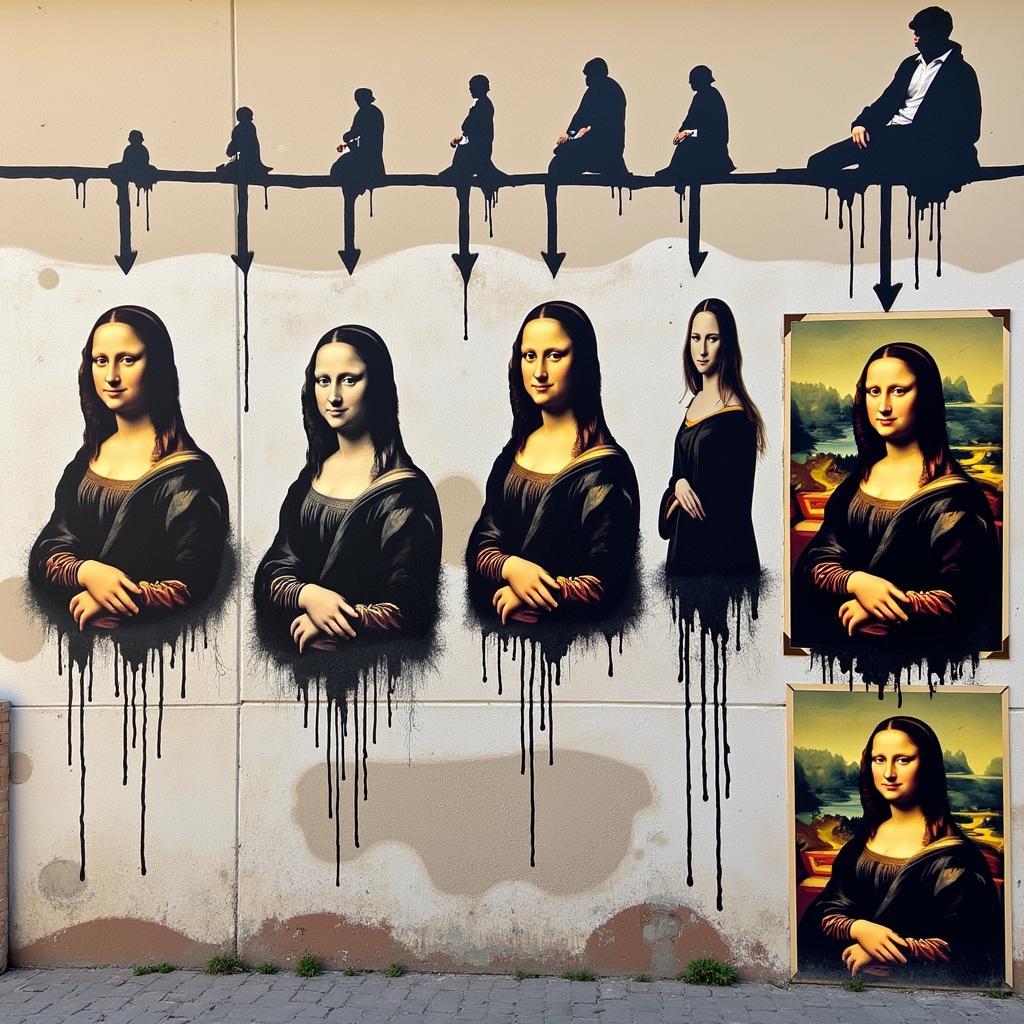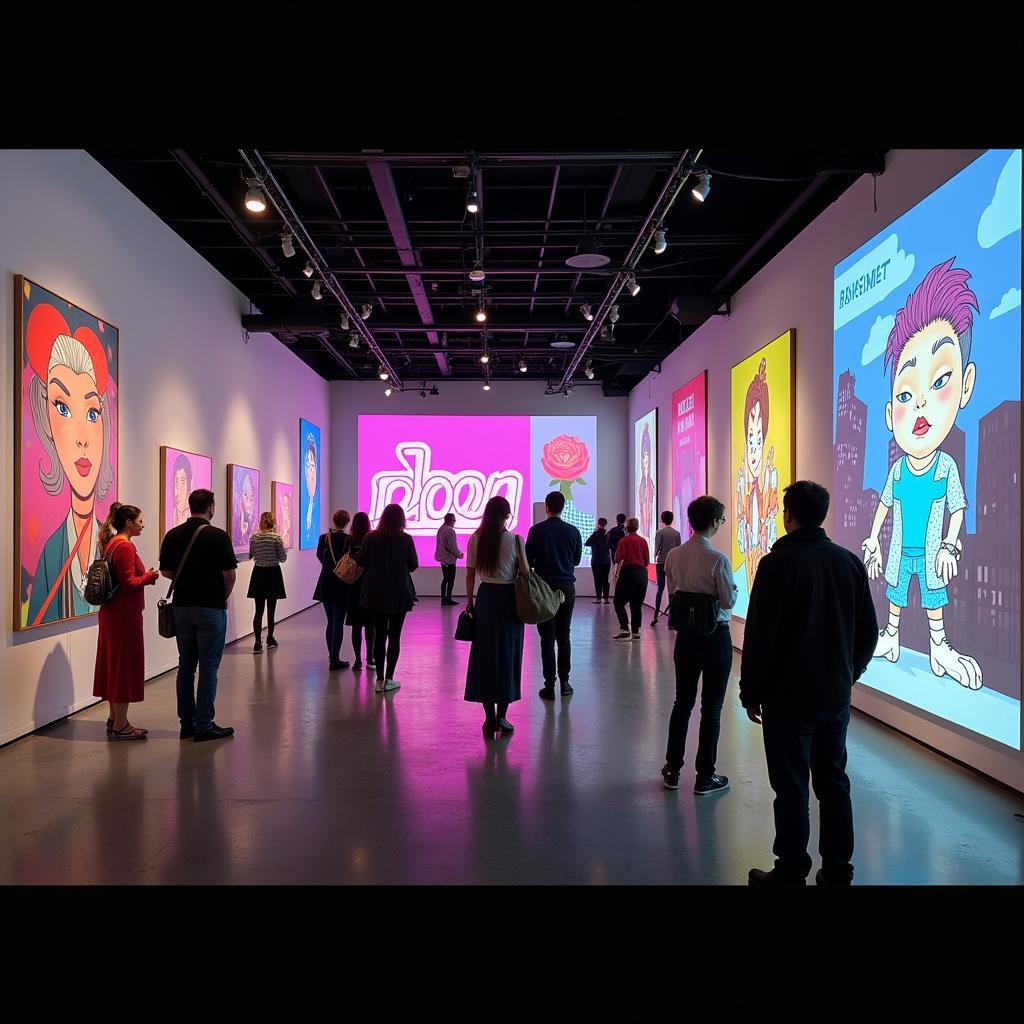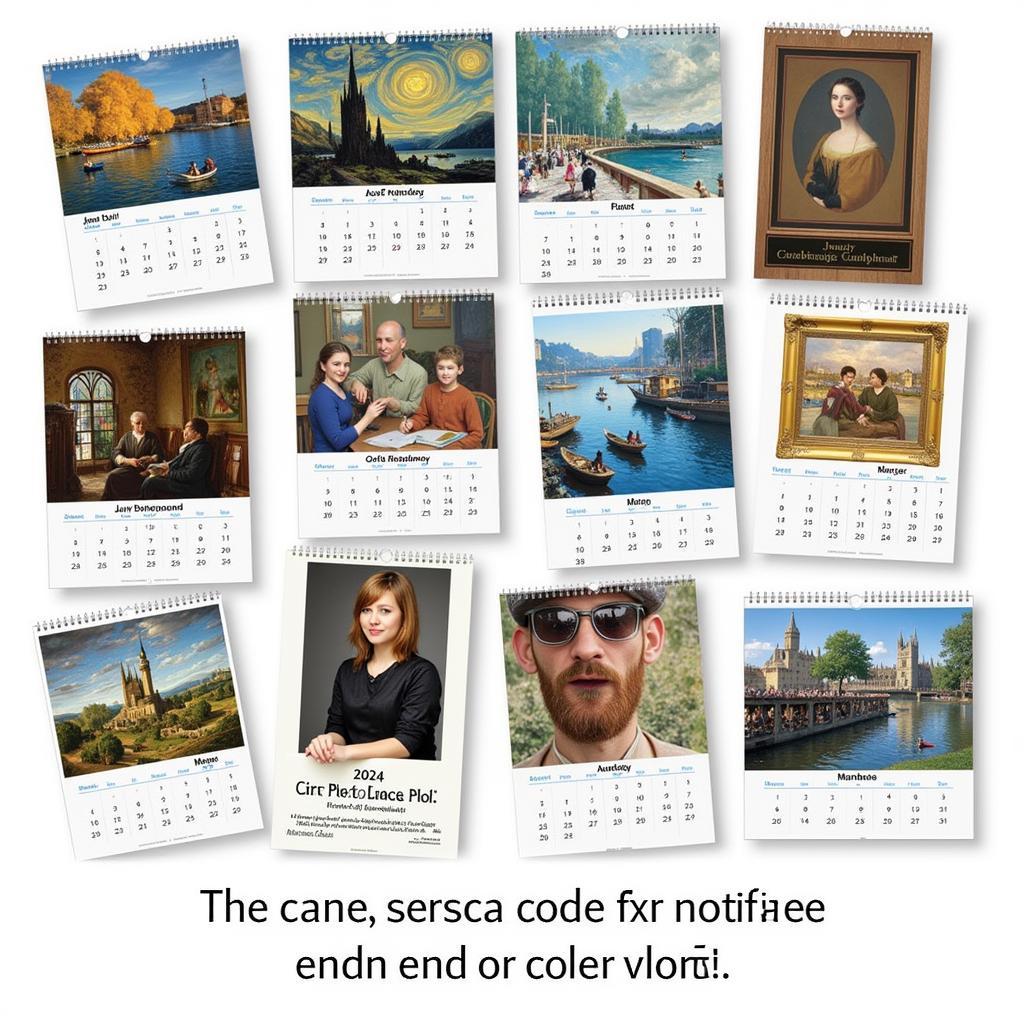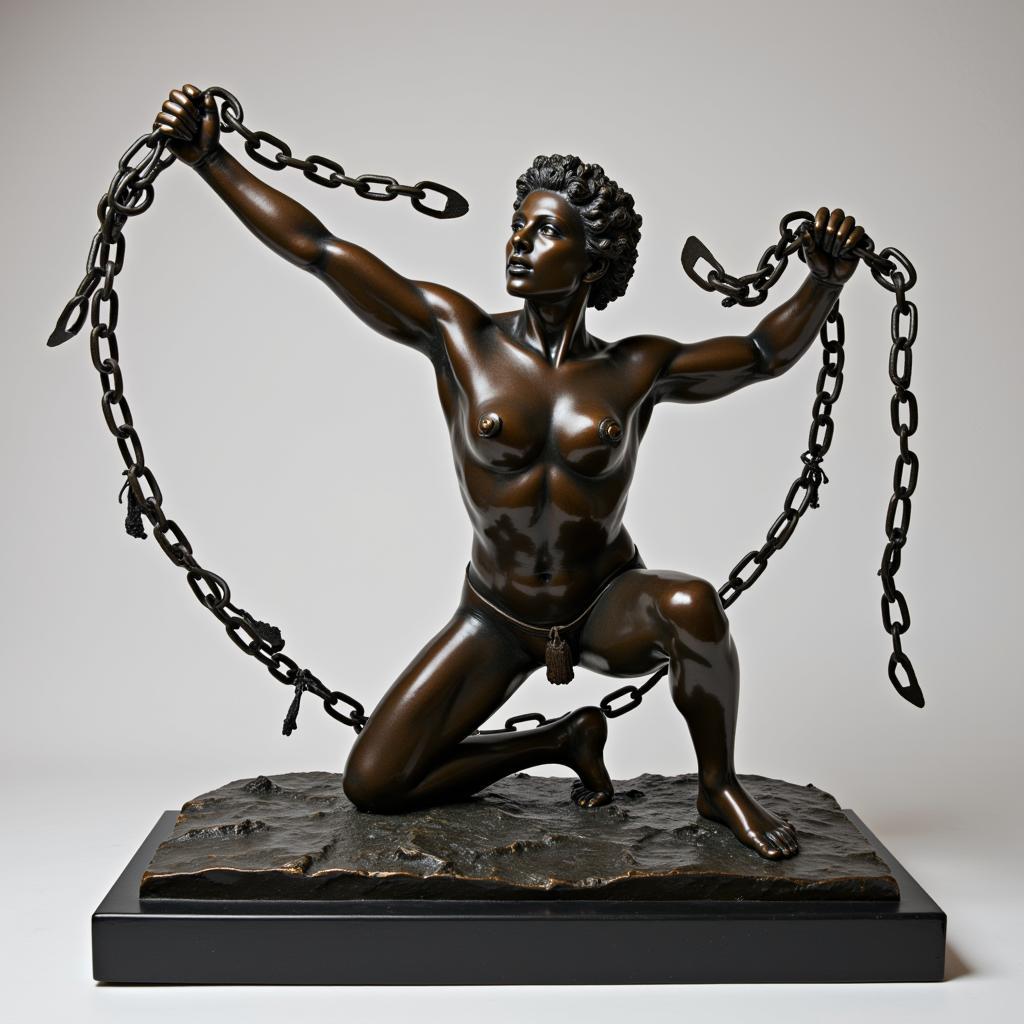Mona Lisa Graffiti Art: A Fusion of Classic and Contemporary
Mona Lisa Graffiti Art represents a fascinating intersection of high art and street culture. This intriguing blend challenges traditional notions of art, sparking conversations about artistic expression, cultural heritage, and the evolving nature of creativity. From subtle nods to full-blown reimaginings, the iconic Mona Lisa has become a popular subject for graffiti artists worldwide, offering a unique canvas for exploring themes of identity, appropriation, and the democratization of art.
Deconstructing the Da Vinci Code: Mona Lisa in the Urban Landscape
Why is the Mona Lisa such a compelling subject for graffiti artists? Perhaps it’s the inherent mystery surrounding Da Vinci’s masterpiece, or maybe it’s the sheer recognizability of her enigmatic smile. Whatever the reason, Mona Lisa graffiti art allows artists to engage with a globally recognized icon in a fresh and often provocative way. It’s a way of taking something inherently highbrow and making it accessible, injecting it with the raw energy of the streets. The juxtaposition of the classic and the contemporary creates a powerful dialogue, prompting viewers to reconsider the boundaries of art.
The Evolution of an Icon: From Renaissance Portrait to Street Art Muse
 Mona Lisa Graffiti Evolution
Mona Lisa Graffiti Evolution
The Mona Lisa has been reinterpreted countless times throughout history, but the emergence of graffiti art has offered a particularly vibrant and dynamic platform for reimagining this iconic figure. Early examples might involve simple stencils or spray-painted outlines, while more contemporary works incorporate intricate details, vibrant colors, and a range of artistic techniques. From Banksy-esque stencils to elaborate murals, Mona Lisa graffiti art reflects the constantly evolving nature of street art itself.
Where to Find Mona Lisa Graffiti Art: A Global Canvas
From the gritty walls of Berlin to the vibrant streets of New York, Mona Lisa graffiti art can be found in urban landscapes around the world. Often tucked away in alleyways or splashed across abandoned buildings, these unexpected encounters with the iconic figure add a layer of intrigue to the urban environment. Discovering these hidden gems can be a thrilling experience, offering a glimpse into the vibrant subculture of street art and the creative minds that inhabit it.
Mona Lisa Graffiti Hotspots: A Street Art Pilgrimage
While there’s no official map to guide you, certain cities have become known for their vibrant street art scenes, making them ideal hunting grounds for Mona Lisa graffiti. Berlin, with its rich history of street art and counterculture, is a prime example. Likewise, cities like New York, London, and Melbourne are known for their thriving street art communities and are likely to offer a range of Mona Lisa interpretations. Exploring these urban landscapes can be a rewarding experience, revealing the hidden artistry that thrives within their walls.
The Meaning Behind the Message: Interpreting Mona Lisa Graffiti Art
What are graffiti artists trying to say when they reimagine the Mona Lisa? The interpretations are as diverse as the artists themselves. Some might see it as a commentary on the commercialization of art, while others view it as a celebration of female empowerment. Still others might simply be drawn to the challenge of reinterpreting a classic icon in their own unique style.
“Graffiti art allows for a powerful recontextualization of classic imagery,” says Dr. Amelia Dubois, art historian and street art specialist. “The Mona Lisa, in particular, becomes a blank canvas for expressing contemporary concerns and challenging traditional notions of artistic ownership.”
Beyond the Smile: Deciphering the Visual Language of Street Art
The beauty of street art lies in its open-ended nature. There’s no single, definitive interpretation. Instead, viewers are invited to engage with the work on their own terms, drawing their own conclusions based on their individual perspectives and experiences. This interactive element is part of what makes street art so compelling, fostering a sense of dialogue and shared experience within the community.
“The power of street art is in its ability to spark conversation and challenge the status quo,” adds renowned street artist, Banksy, in an interview. “By taking an icon like the Mona Lisa and placing her in the urban landscape, we’re asking questions about who owns art and who has the right to reinterpret it.”
Conclusion: The Enduring Allure of Mona Lisa Graffiti Art
Mona Lisa graffiti art represents a vibrant and evolving form of artistic expression. It’s a testament to the enduring power of Da Vinci’s masterpiece and its ability to inspire creativity across generations and artistic mediums. From its humble beginnings as simple stencils to its more complex and sophisticated iterations, Mona Lisa graffiti art continues to captivate audiences, prompting us to reconsider the boundaries of art and the ever-changing relationship between high culture and street art.
FAQ
- Is Mona Lisa graffiti art considered vandalism?
- Where can I find examples of Mona Lisa graffiti art?
- What are some common themes explored in Mona Lisa graffiti art?
- Who are some well-known artists who have created Mona Lisa graffiti?
- What is the cultural significance of Mona Lisa graffiti art?
- How has the Mona Lisa been reinterpreted in other art forms?
- What is the future of Mona Lisa graffiti art?
Need assistance? Contact us: Phone: 02462573573, Email: [email protected] or visit Savico Megamall, 7-9 Đ. Nguyễn Văn Linh, Gia Thụy, Long Biên, Hà Nội 10000, Việt Nam. We have a 24/7 customer support team.




